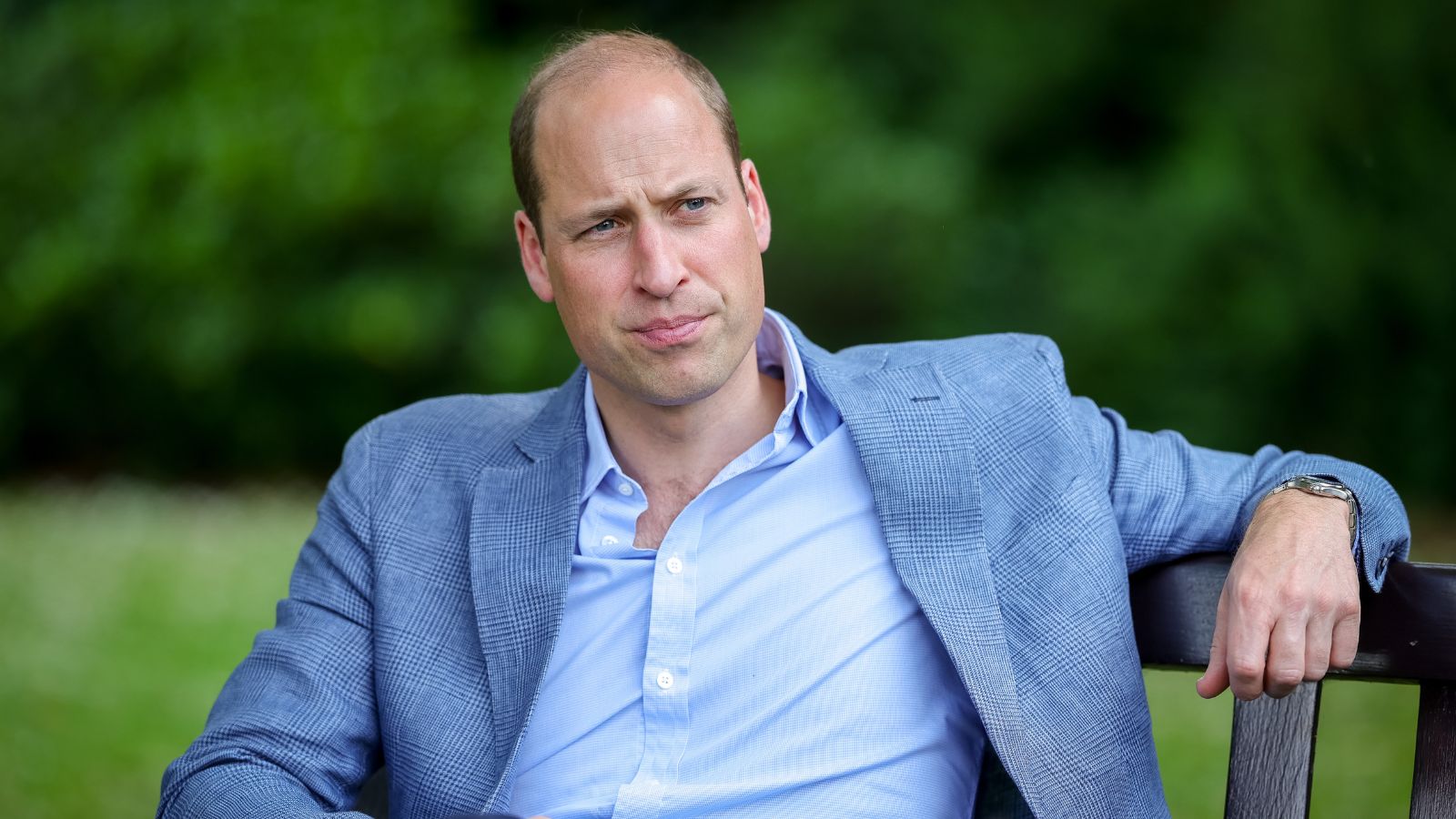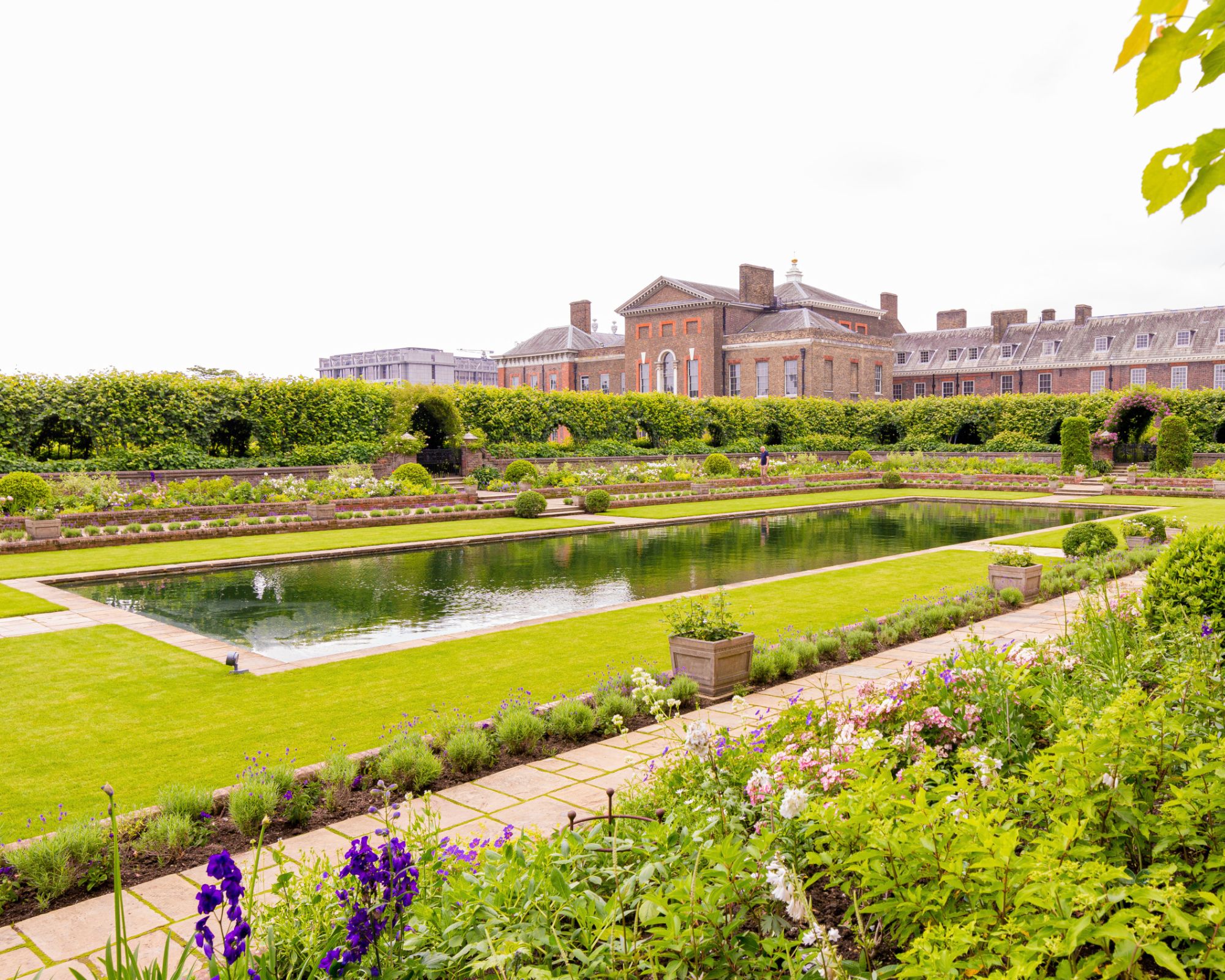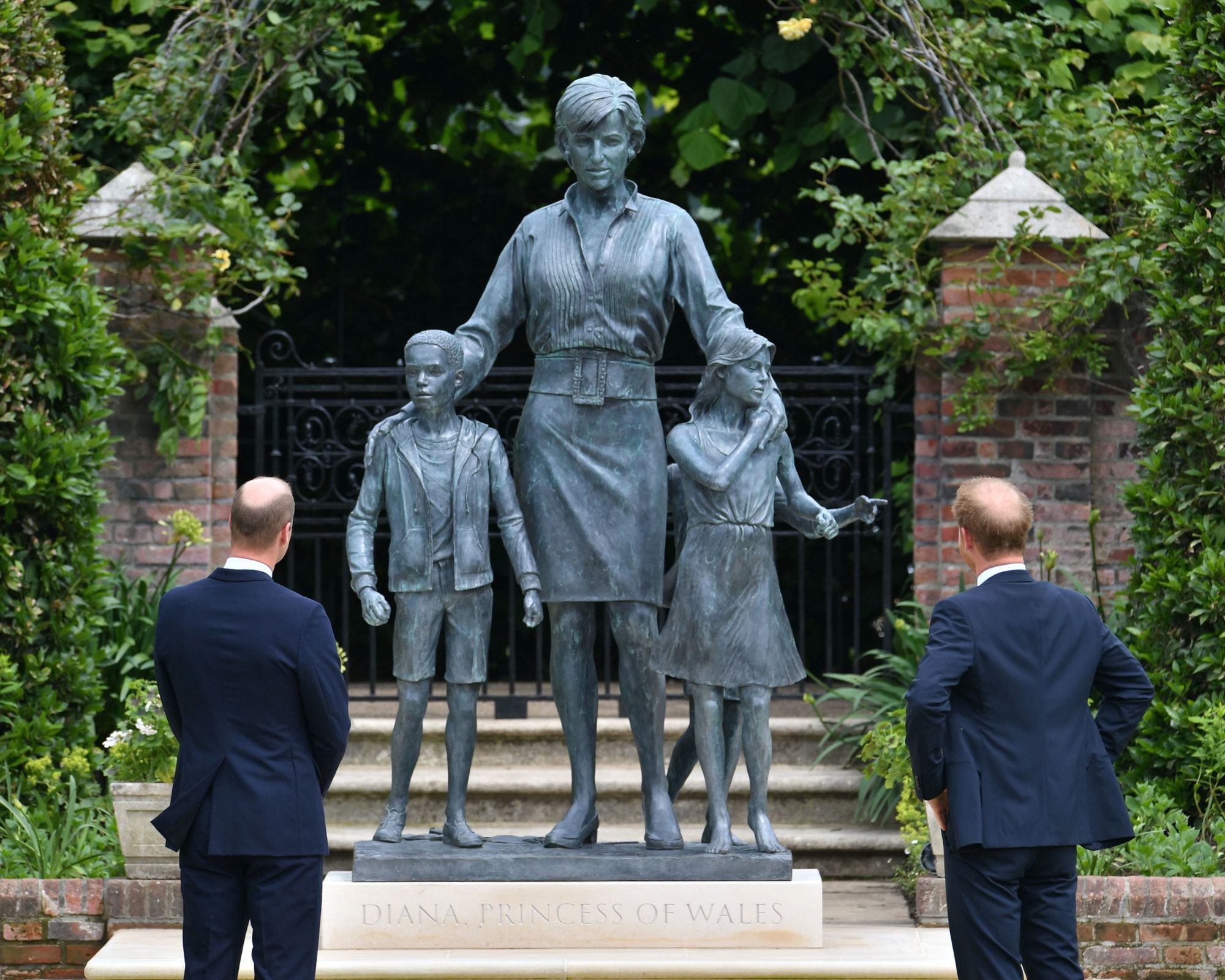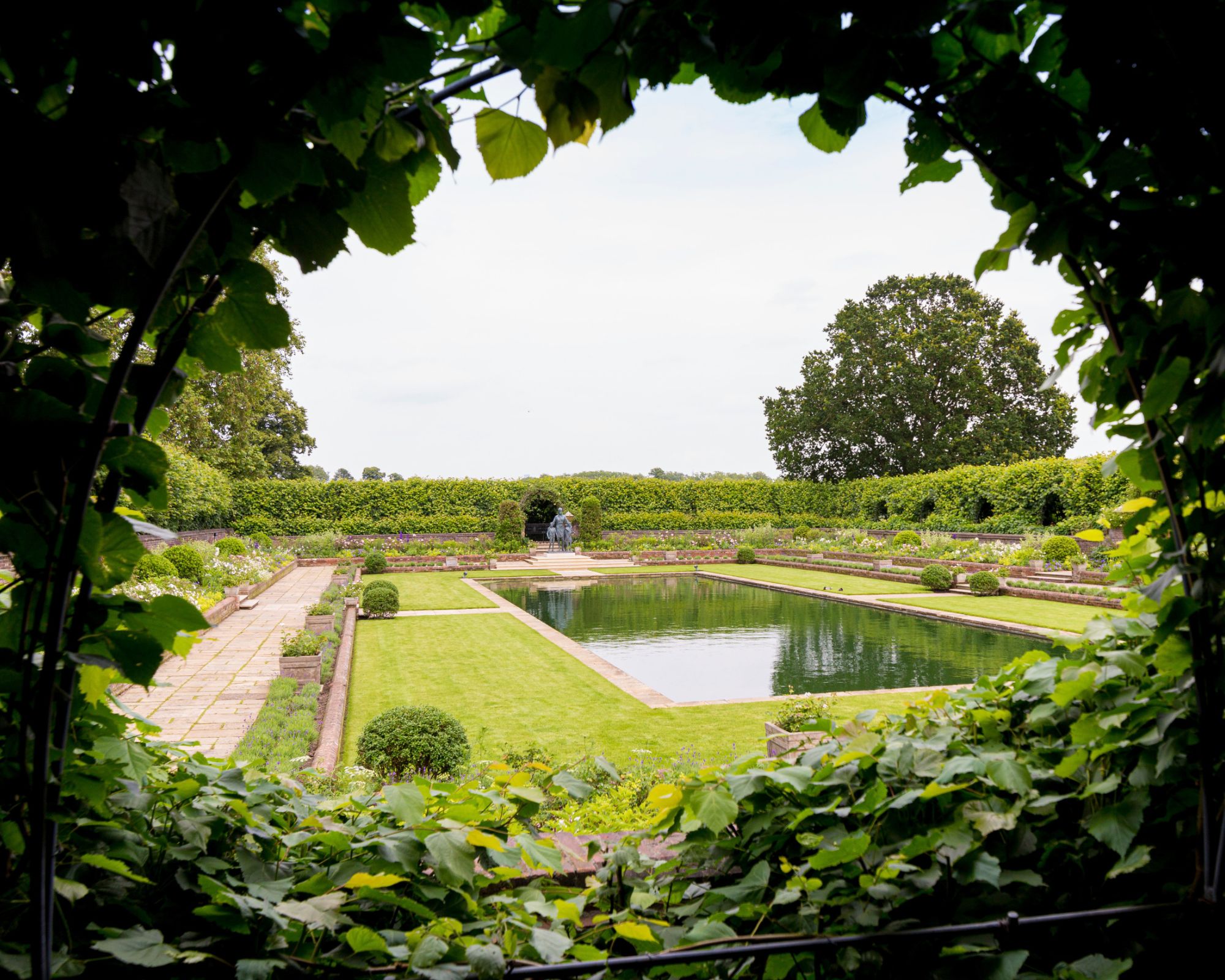
William and Catherine, the Prince and Princess of Wales, may have established their family home in Adelaide Cottage, a private pink home on the grounds of Windsor Home Park. However, Kensington Palace in London remains their official residence, famously the site where they undertake official duties on behalf of the King. It's here where William pays tribute to his mother, Diana, the late Princess of Wales, in the form of a beautiful statue in the gardens.
The Sunken Garden, created in 1908 at the instigation of King Edward VII, draws inspiration from the Pond Garden at Hampton Court Palace, another royal residence based in London. Information from Kensington Palace explains how both gardens began as a celebration of Edwardian-style gardening techniques, with intricate herbaceous planting on terraces and water features. However, over the last century, the Kensington garden has evolved.
In the contemporary day, the garden includes a lush lawn, ornamental flower beds, and ironwork gates with Art Nouveau touches. These surround a pond, overlooked by the statue of Diana, the Princess of Wales, who was particularly fond of the space during her residency.

Unveiled on July 1st, 2021, on what would have been her 60th birthday, Prince William and Harry commissioned the statue in 2017 to stand as a permanent tribute in the garden. As the Kensington Palace website explains, they hoped the statue would pay homage to her positive impact around the world and help future generations understand her significance.
The bronze statue, which is 1.25x life-size, is the work of Ian Rank-Broadley, who aimed to capture the Princess's warmth, elegance, and energy. She is surrounded by three children (who represent the universality and generational legacy of her work). Meanwhile, her choice of dress is inspired by her style in the later period of her life, throughout which she worked as an ambassador for humanitarian causes.

Underneath the statue is a plinth engraved with the Princess' name and the date of the unveiling. There is an additional paving stone in front, which is engraved with an extract from The Measure of A Man, an anonymous poem included in the program for the 2007 memorial service for the Princess.
The extract reads: 'These are the units to measure the worth. Of this woman as a woman regardless of birth. Not what was her station? But had she a heart? How did she play her God-given part?' Over 4000 individual flowers were planted in the garden to prepare for its unveiling, including 200 roses and 100 Forget-me-nots.

If you plan to visit London, you can see the statue from the covered Cradle Walk (for a view similar to the one seen in the photo above). However, it's worth noting that members of the public cannot walk around the garden itself. Alternatively, if airplane tickets are slightly out of reach, we can explore Kensington Palace as a whole from this book by historian Tracy Borman.
The story of Kensington Palace is, in short, the story of the modern monarchy, and this book is your ticket into the home, no matter where you live in the world.







